No, this isn’t a review of Spike Lee’s 1988 movie. I’m referring to my state of mind when I think about all of the work I’ve done with public schools in Philadelphia over the past few months.
As you may remember from this post, I joined BHP in July and my first assignment was to complete the survey component of a larger project to document Philadelphia elementary and secondary public schools of all types, styles, and dates. I had a good start on the survey work thanks to the headway my predecessor made in 2013 by assembling lists and survey maps, which are organized by zip code. My school daze started when I realized that there were about 300 public schools that qualified for this reconnaissance-level survey. And, even more intimidating, that 205 still needed to be surveyed before school started on September 8th! Continue reading
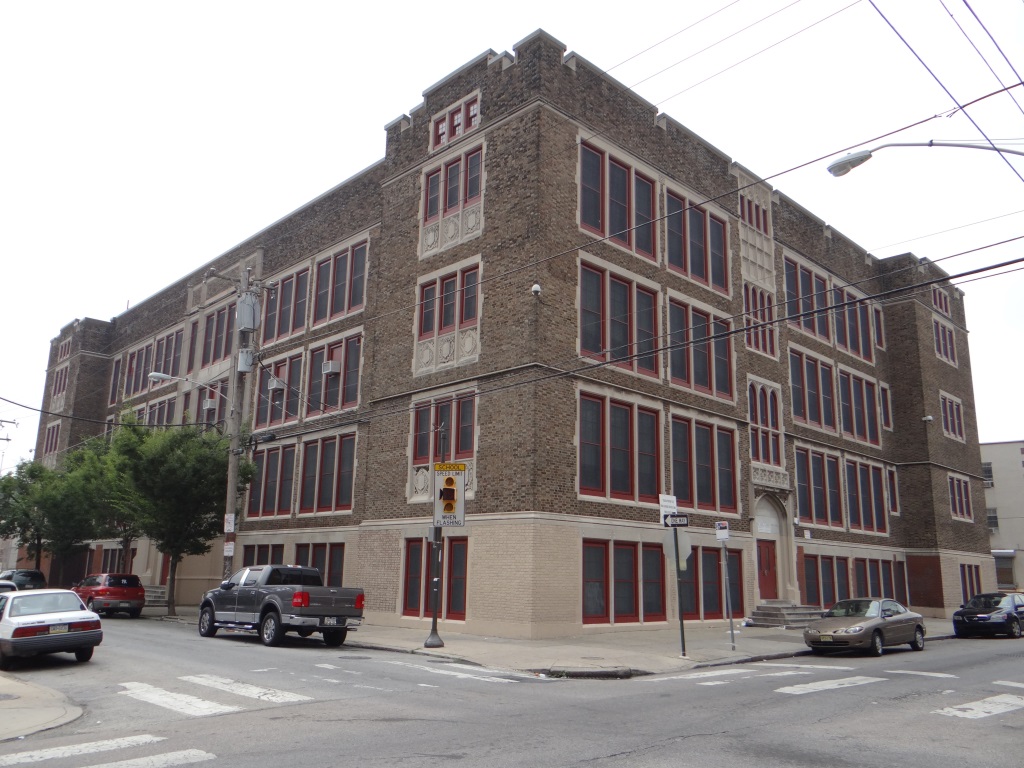
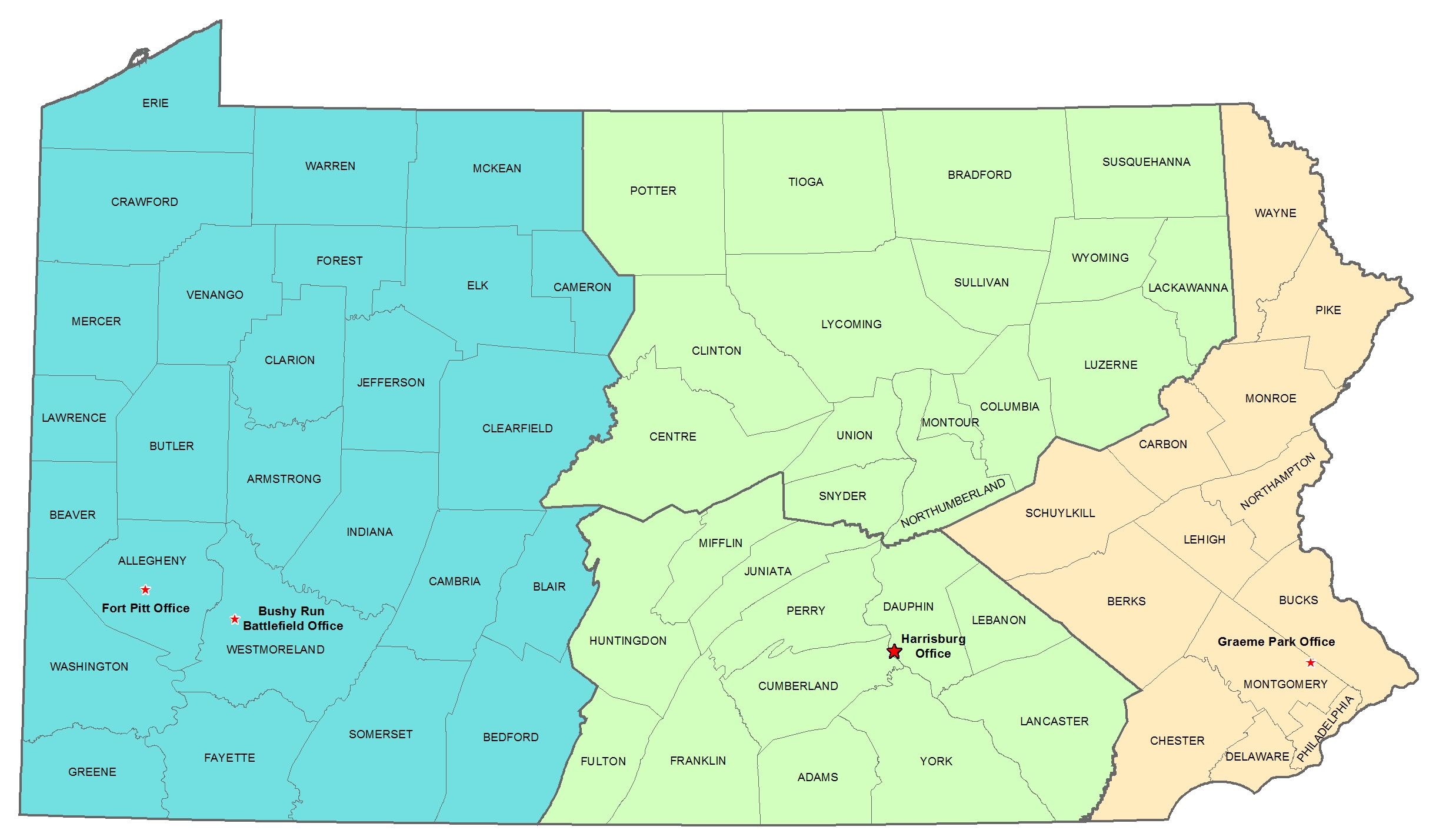
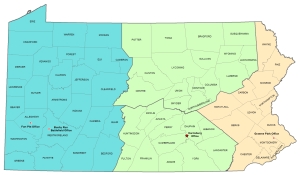 Bite off more than you can chew, then chew it. Plan more than you can do, then do it.
Bite off more than you can chew, then chew it. Plan more than you can do, then do it.

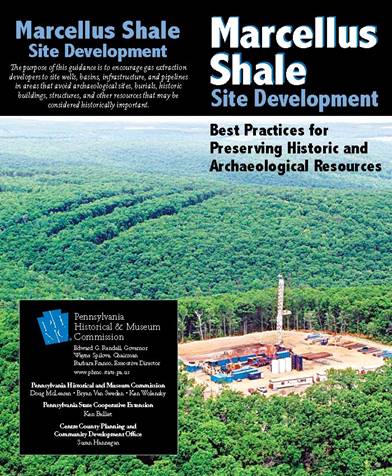
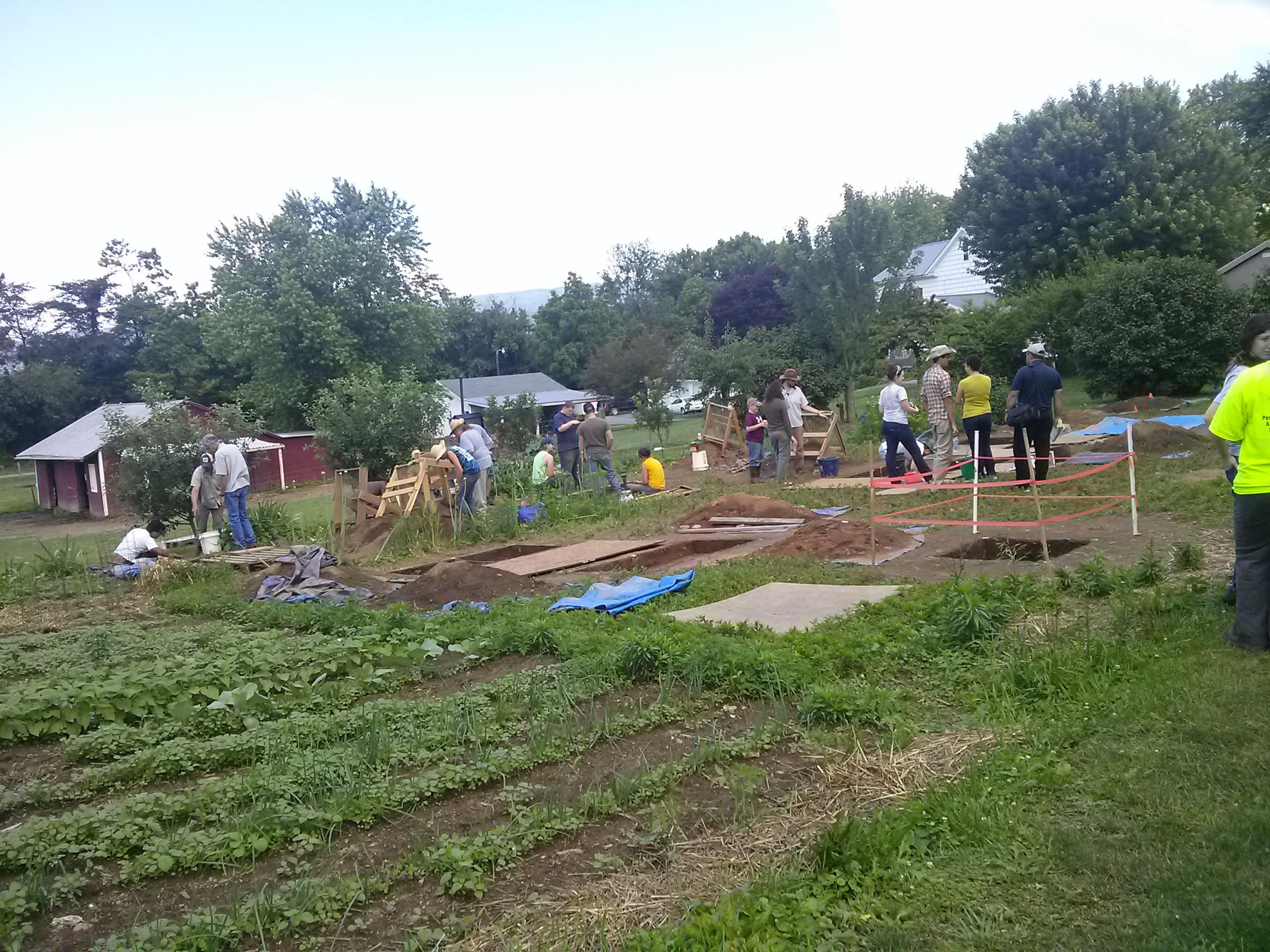
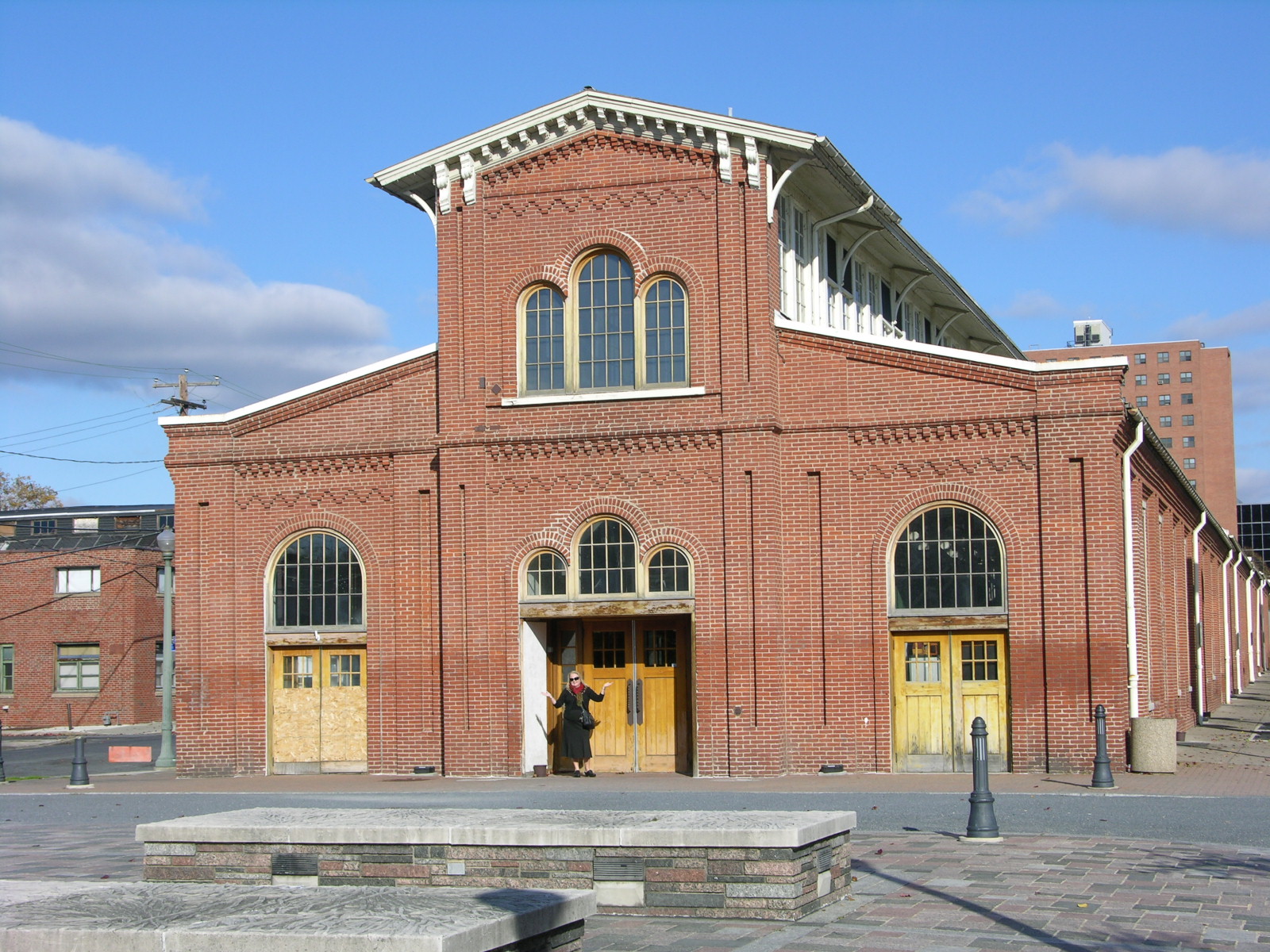
Recent Comments